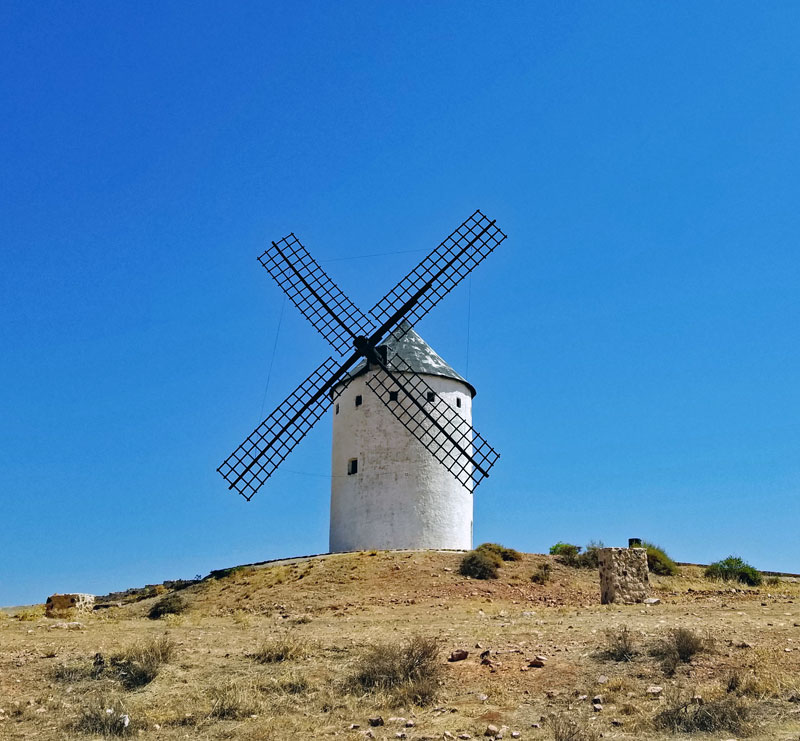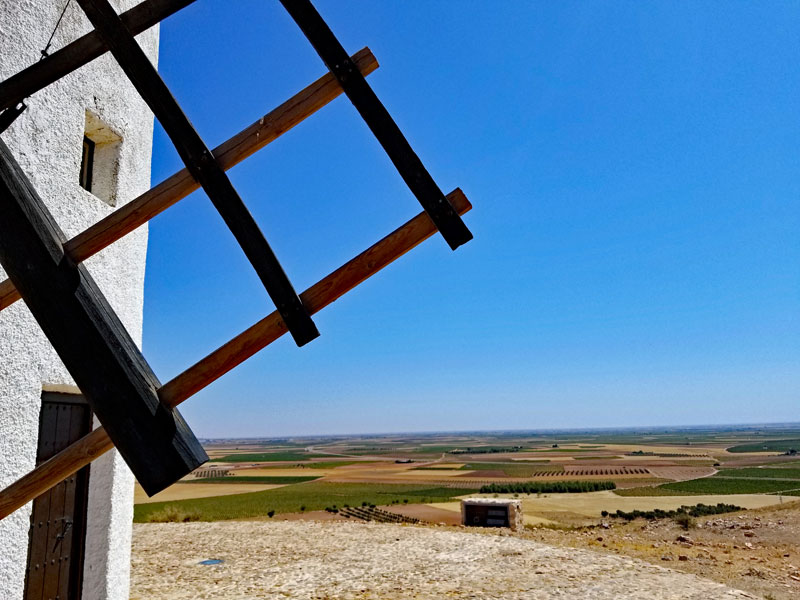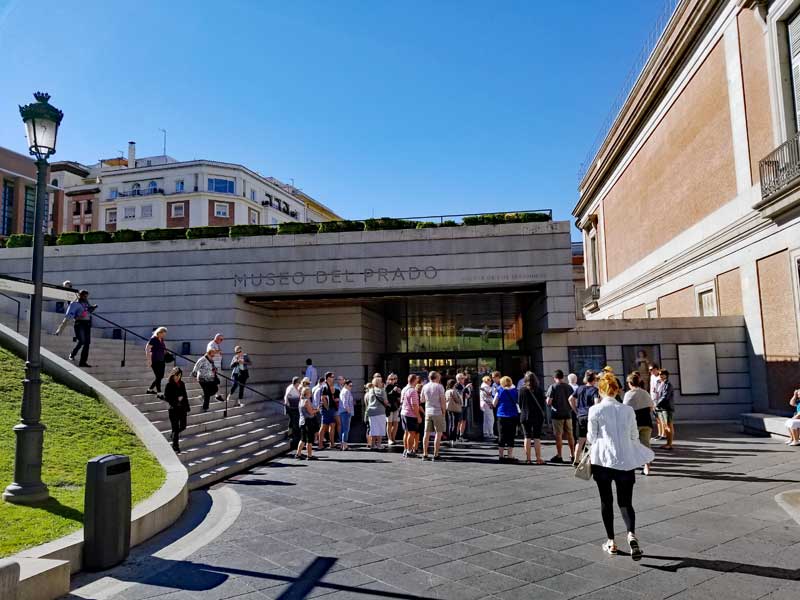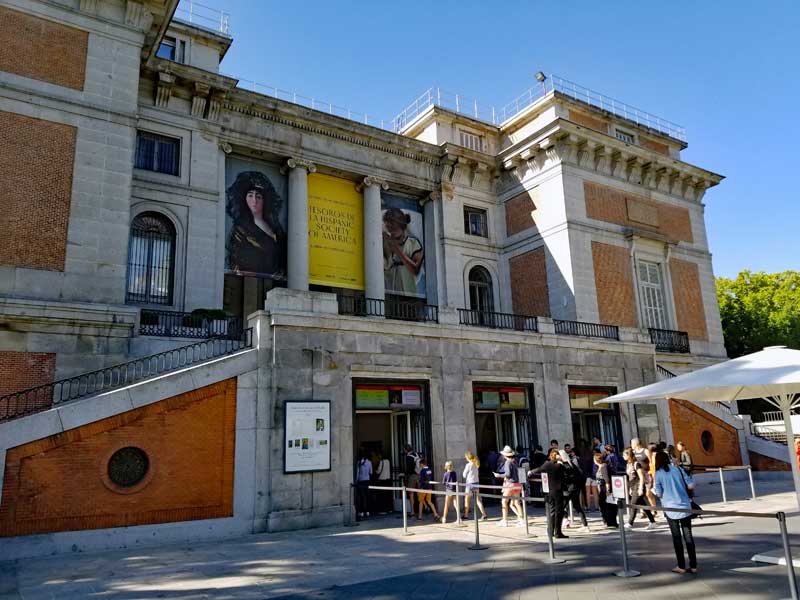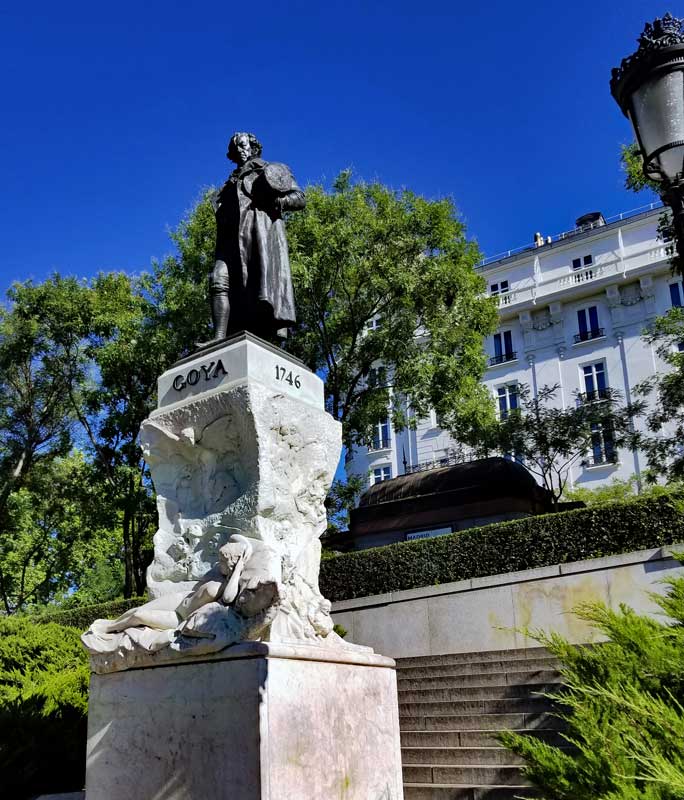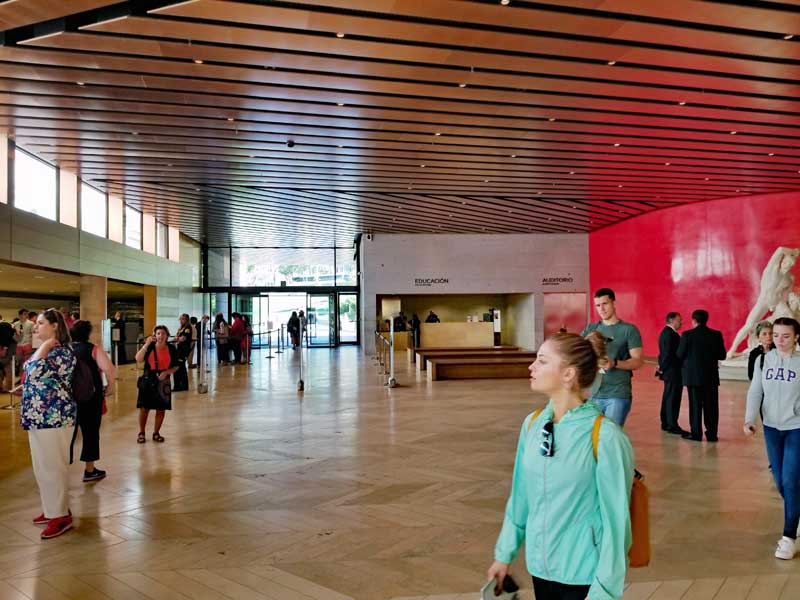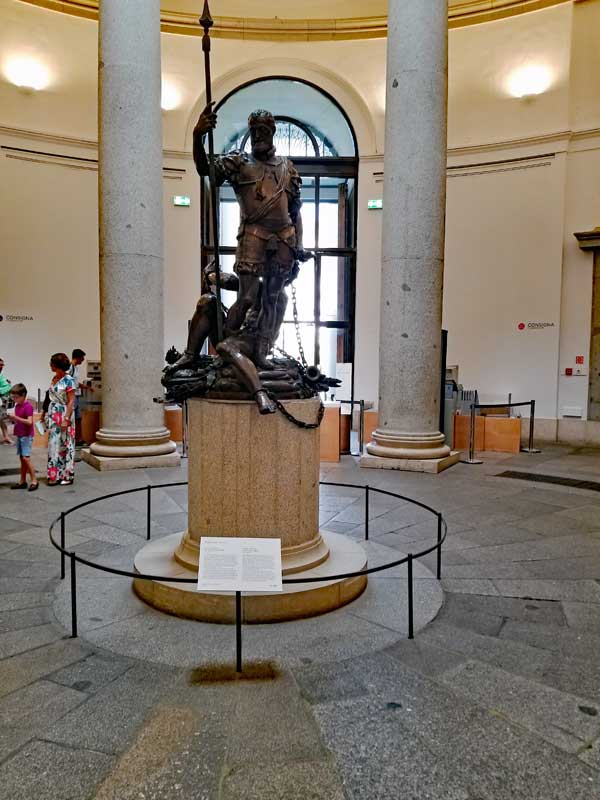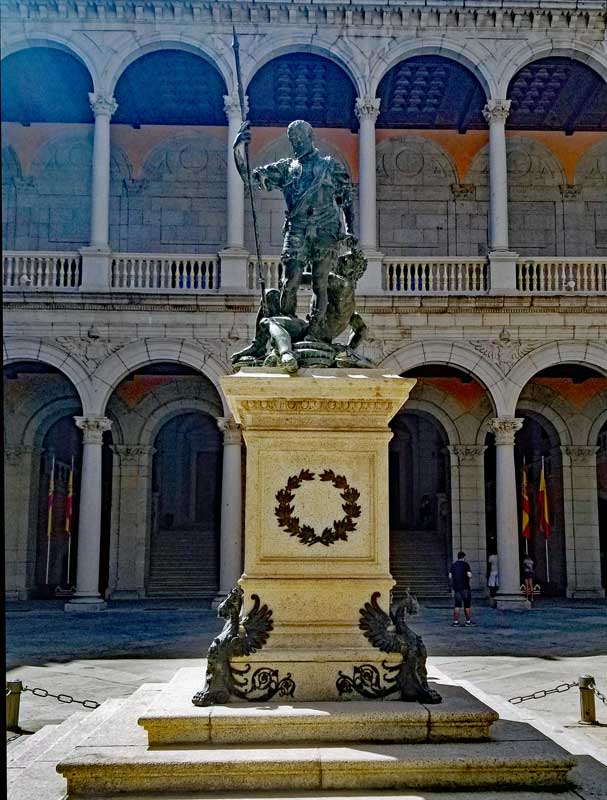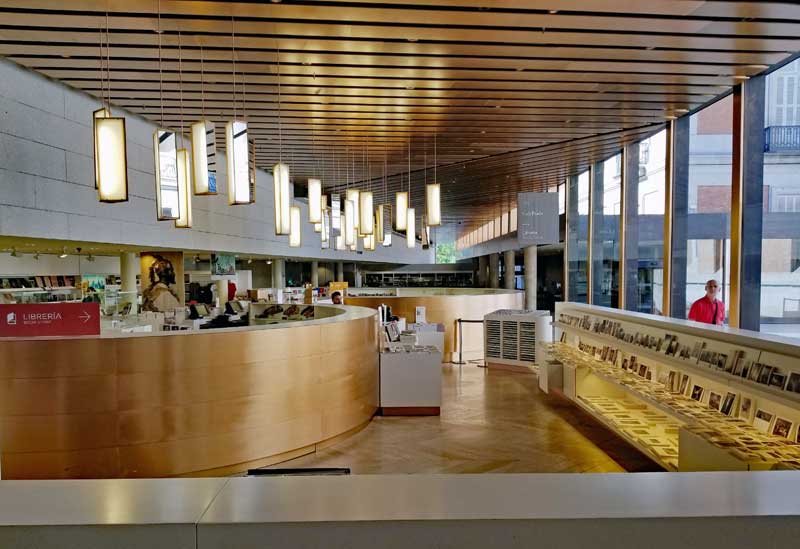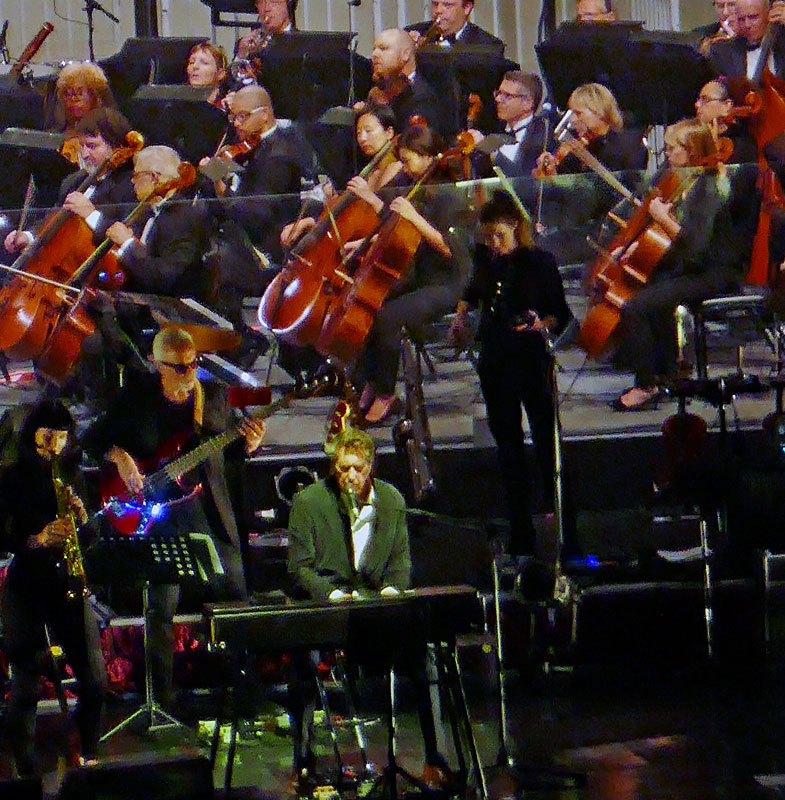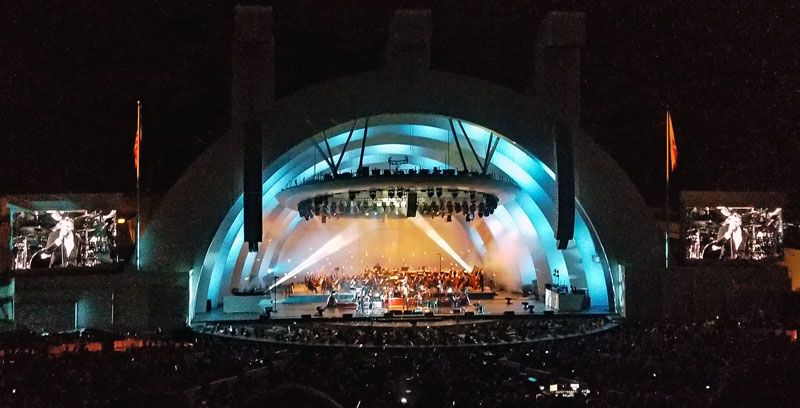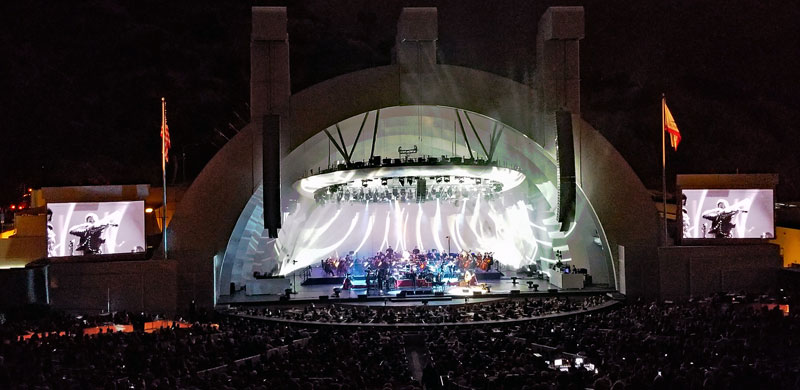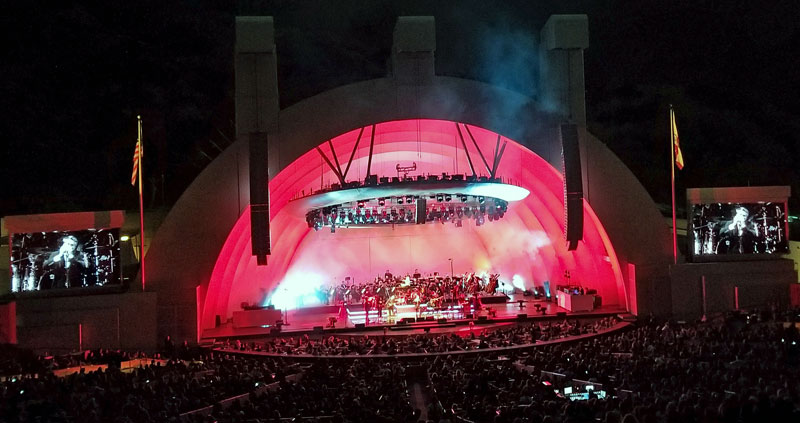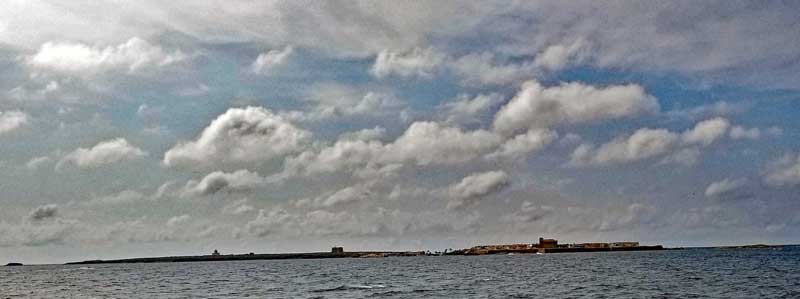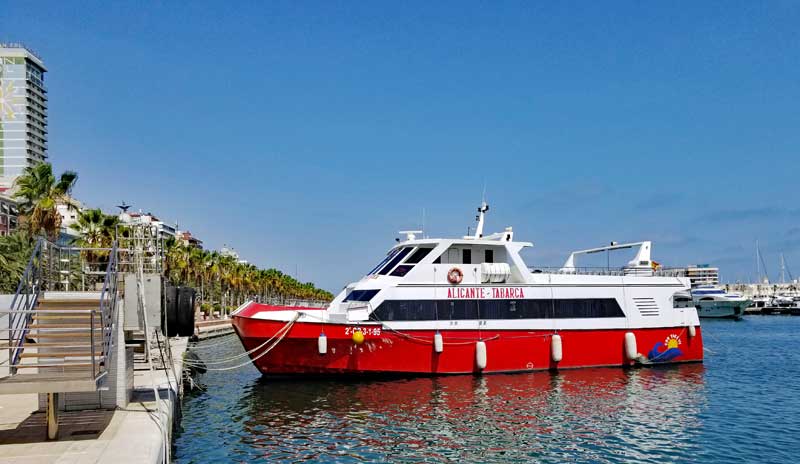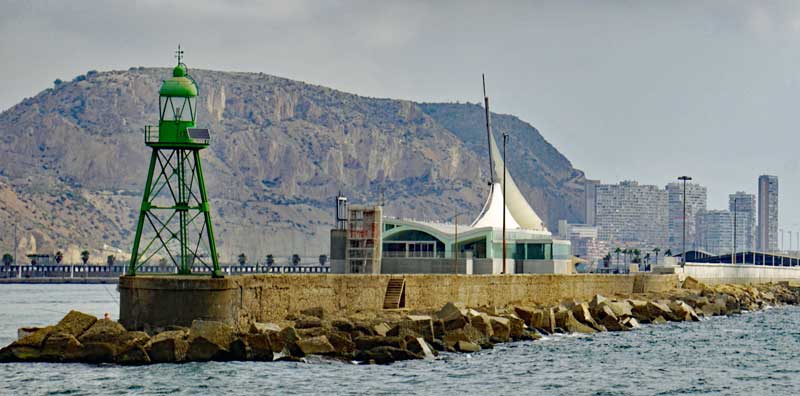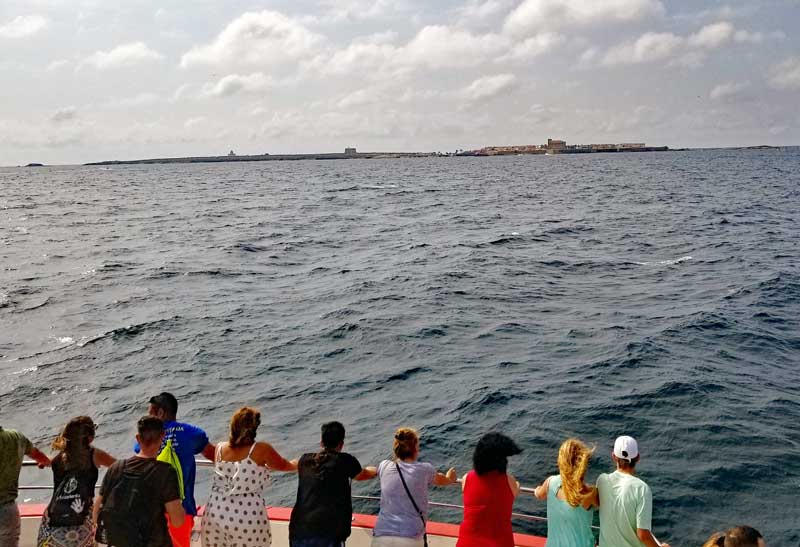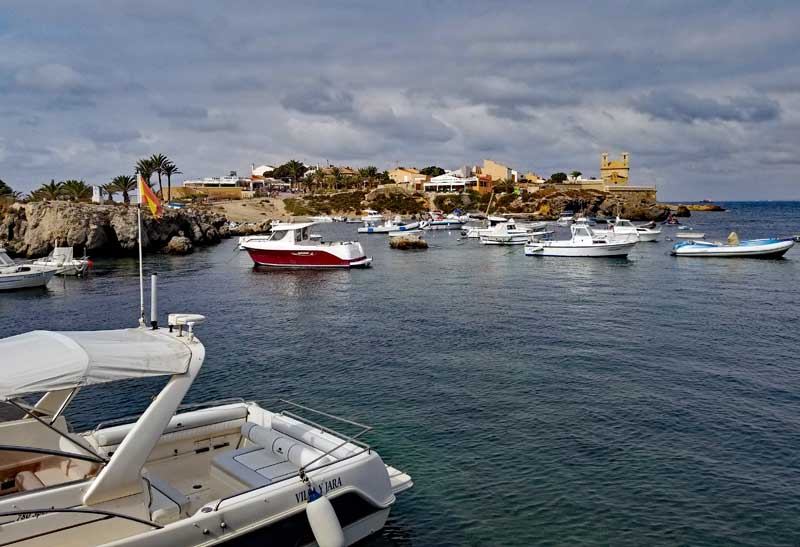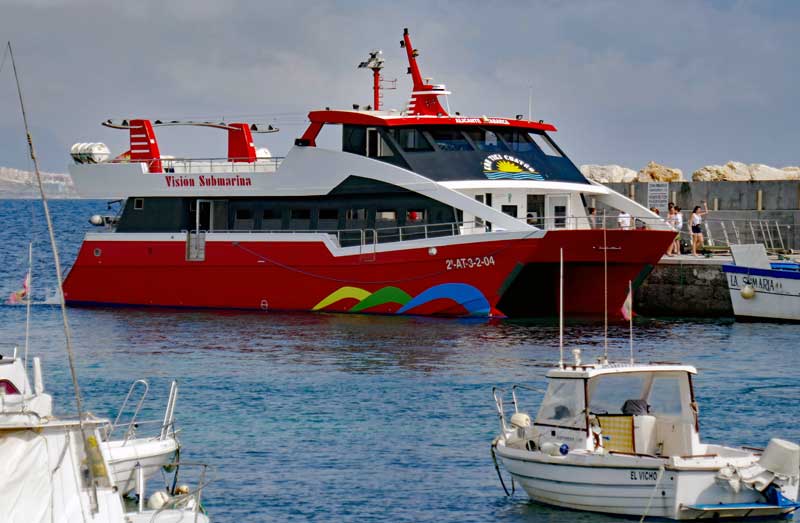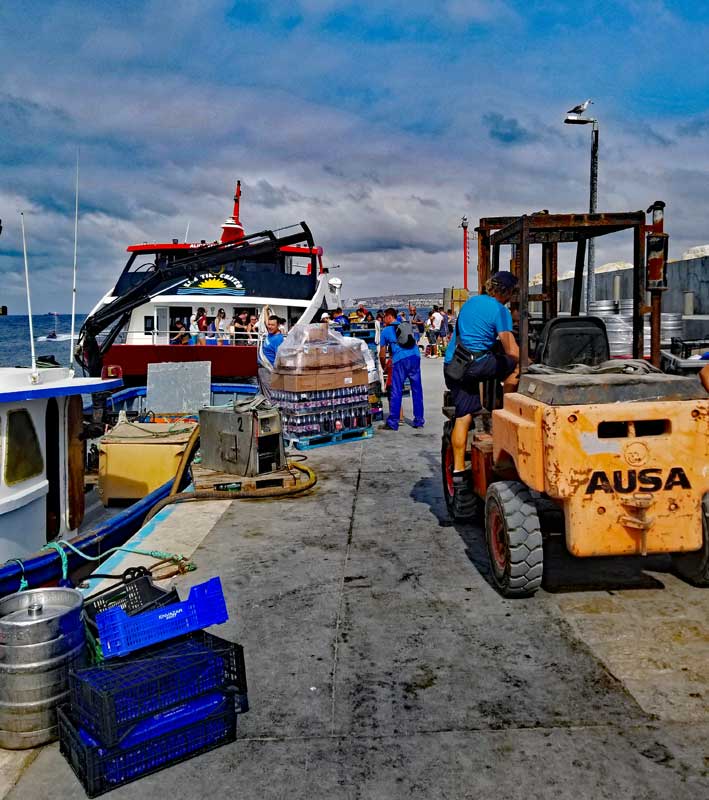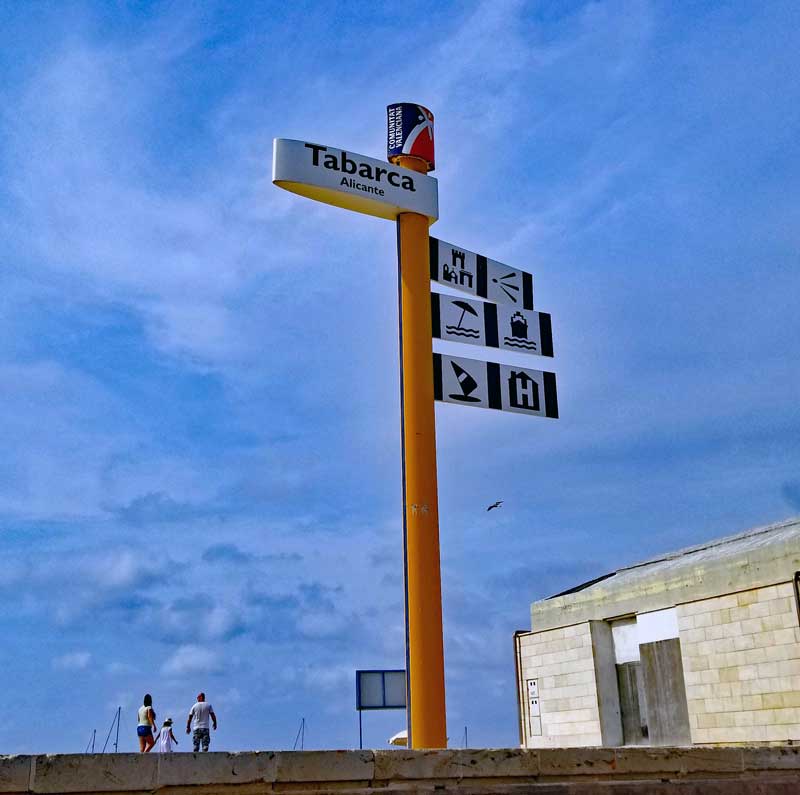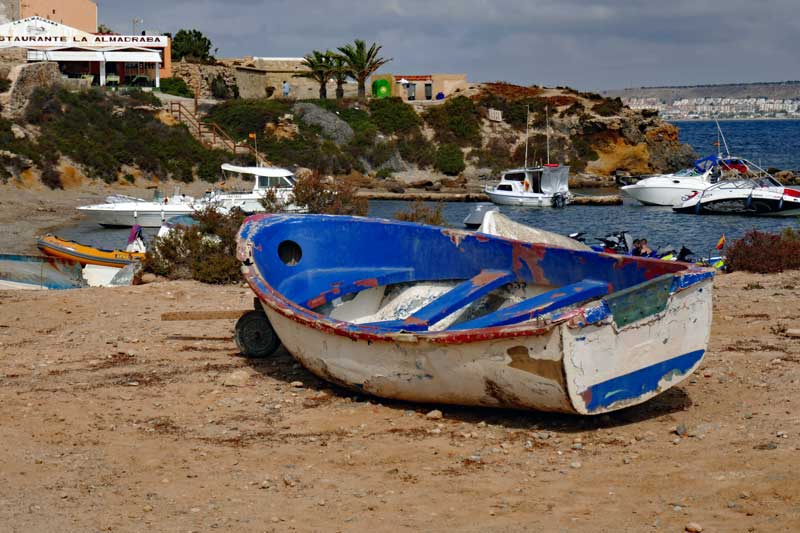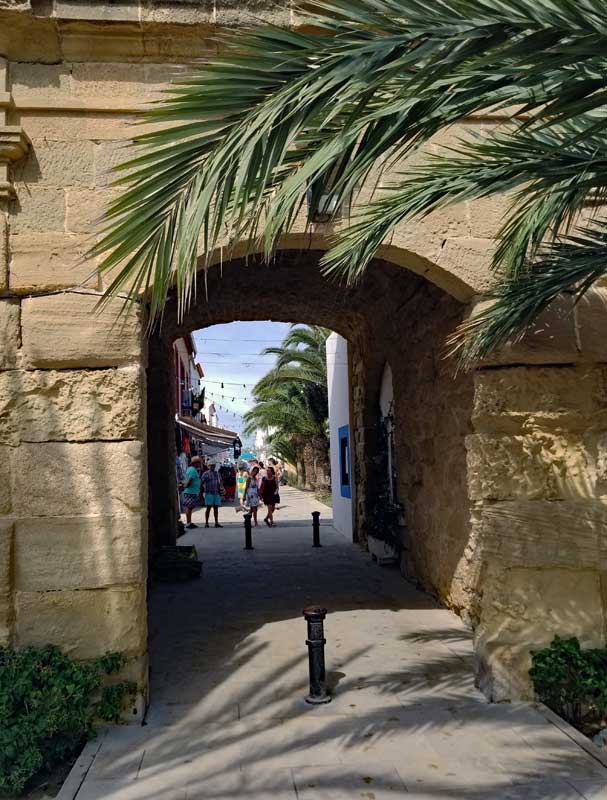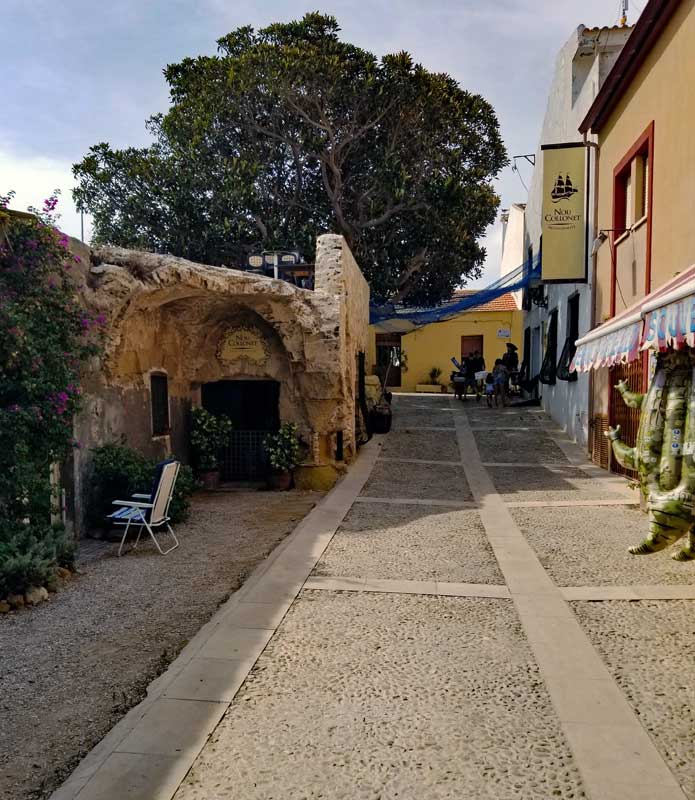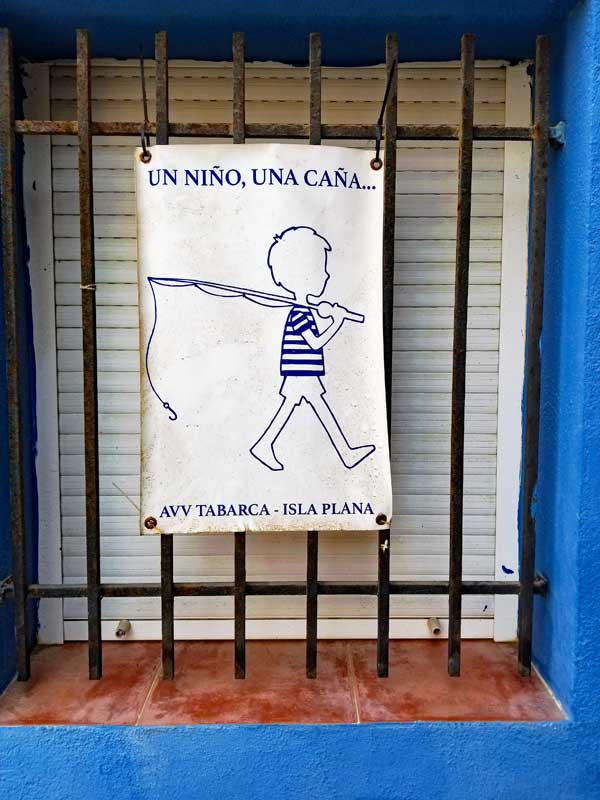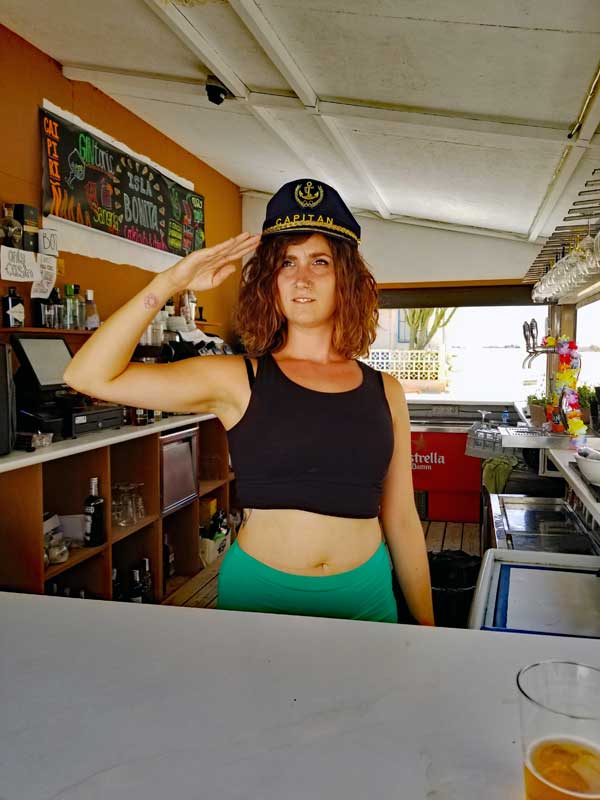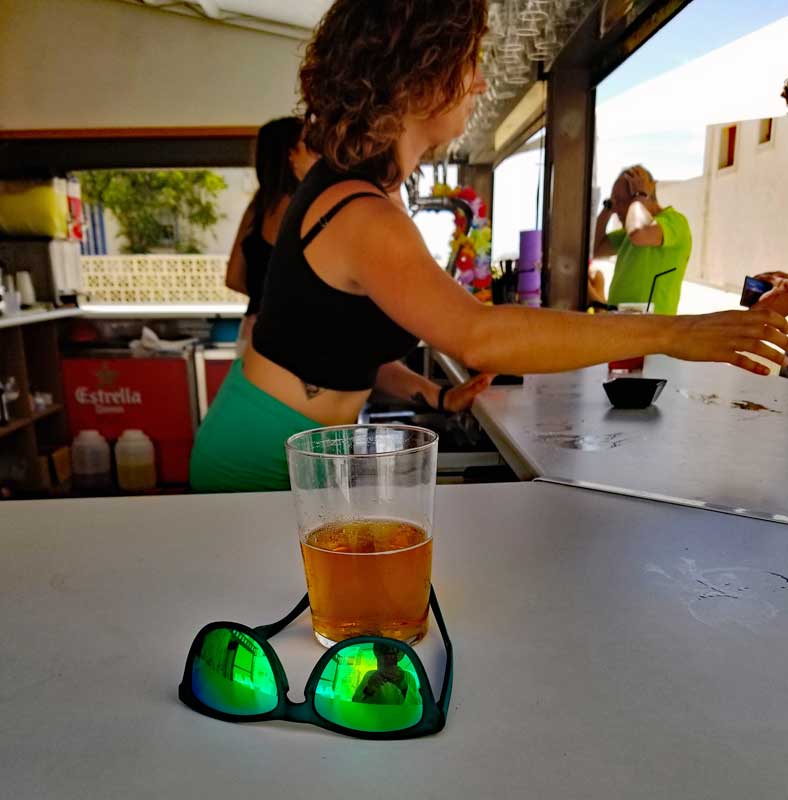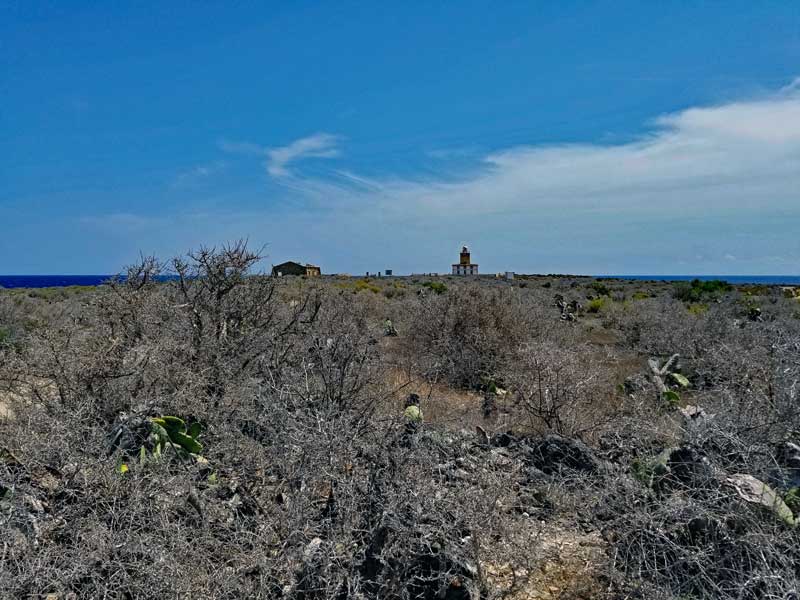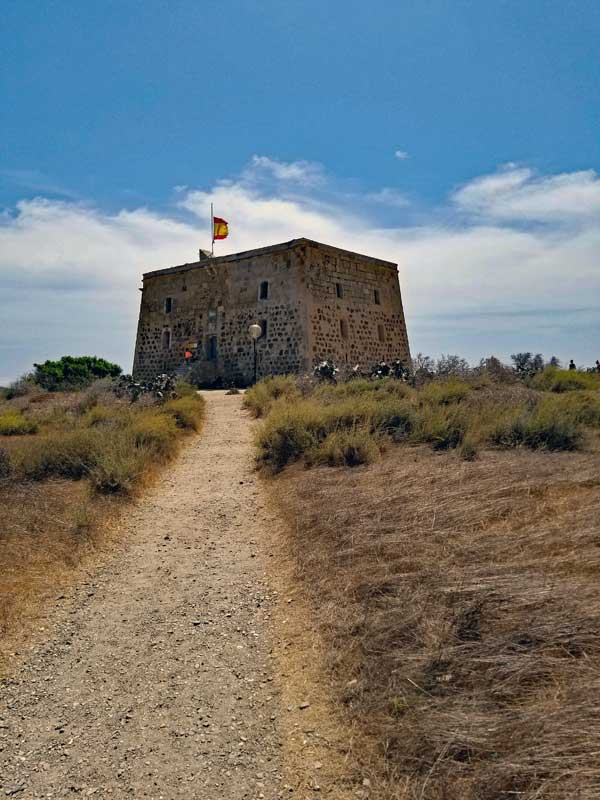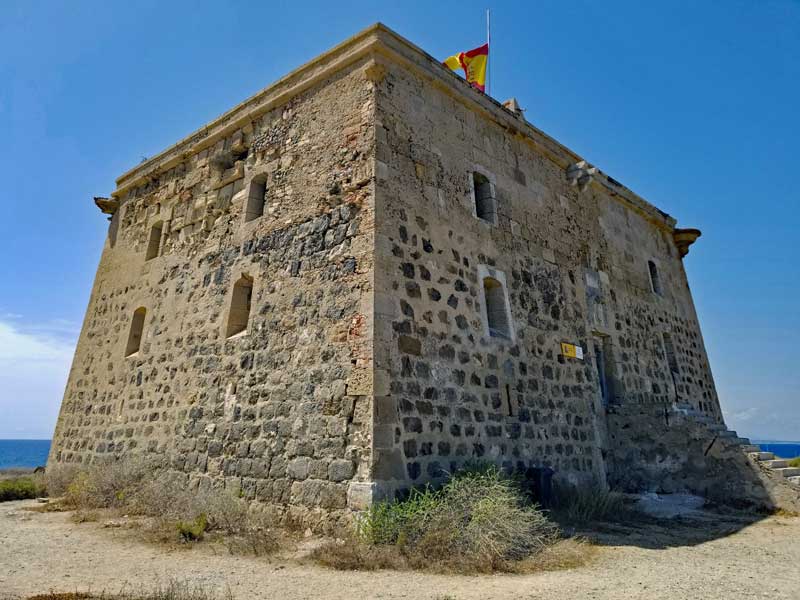
Castile-La Mancha is famous for, among other things, Don Quixote and his trusted sidekick Sancho Panza in the novels written by Miguel de Cervantes Saveedra (1547-1616), two volumes published in 1605 and 1615. The full title of the books are “The Ingenious Nobleman Mister Quixote of La Mancha” or in Spanish “El Ingenioso Hidalgo Don Quijote de la Mancha”. This work is considered to be the first modern novel and it is also the most important novel ever published in the Spanish language. By many said to be the best work of fiction ever published in any language, it has had an enormous impact on other authors around the world throughout the ages.
Cervantes had an interesting life, he was born in 1547 in Alcalá de Henares, Habsburg Spain, which is near Madrid. In 1569 Cervantes was forced to leave Spain and it is not entirely clear why. There is one theory that he fled because he was being sought in connection with a duel and the punishment would have been severe had he been captured, tried and convicted. He spent a few months in Rome working as a chamber assistant to a cardinal and later that same year he joined a Spanish Navy Infantry regiment and stayed with the military until 1575 when he was captured by Barbary Pirates and held for ransom. He was released after five years in captivity when his parents together with a Catholic religious order, the Trinitarians, came up with and paid the ransom demanded for his release. Upon his release he came to stay with his family in Madrid.
In 1585 while working for the Spanish Armada as a purchasing agent and later as a tax collector for the Spanish government, he published a novel – La Galatea. Unfortunately in 1597, Cervantes once again found himself in captivity, this time in the Crown jail in Seville due to irregularities found in his bookkeeping for a period when he was the purchasing agent for the Spanish Armada. It was during these hard times that Cervantes started writing his literary masterpiece about Don Quixote of La Mancha.
Cervantes was known as a brave and good soldier and had wounds from the many battles he took part in. He had a chest wound and another wound left him without the use of his left hand that was badly damaged in battle. He spent the last years of his life in Madrid where he died in 1616.
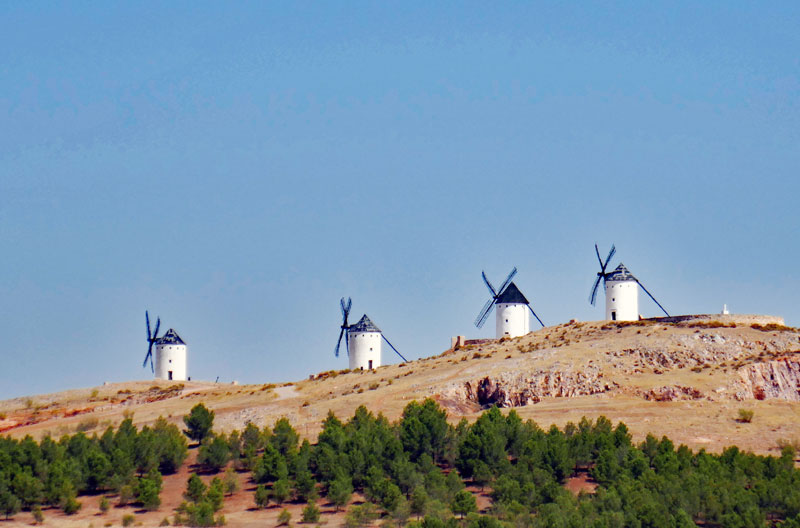
The Castile-La Mancha province is the home of the white windmills made famous by the books about Don Quixote – they are beautiful, and maybe even as Don Quixote found them, a bit scary…
There are many different sites around the province of La Mancha where these distinctive looking white windmills can be found, the ones here are from just South of Alcazar de San Juan on the CM 42/CM 420 road going North towards Toledo. These are particularly appealing because of the location on the hillside which in my mind make them all the more appealing.
